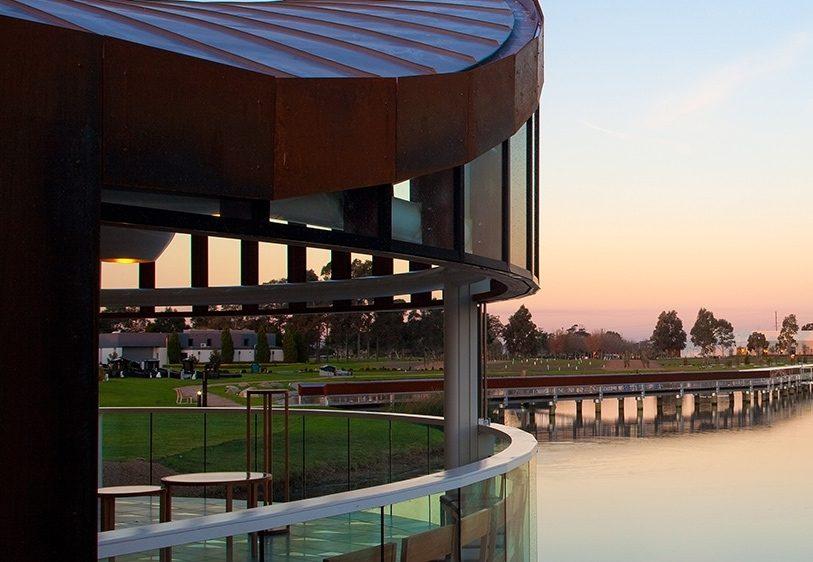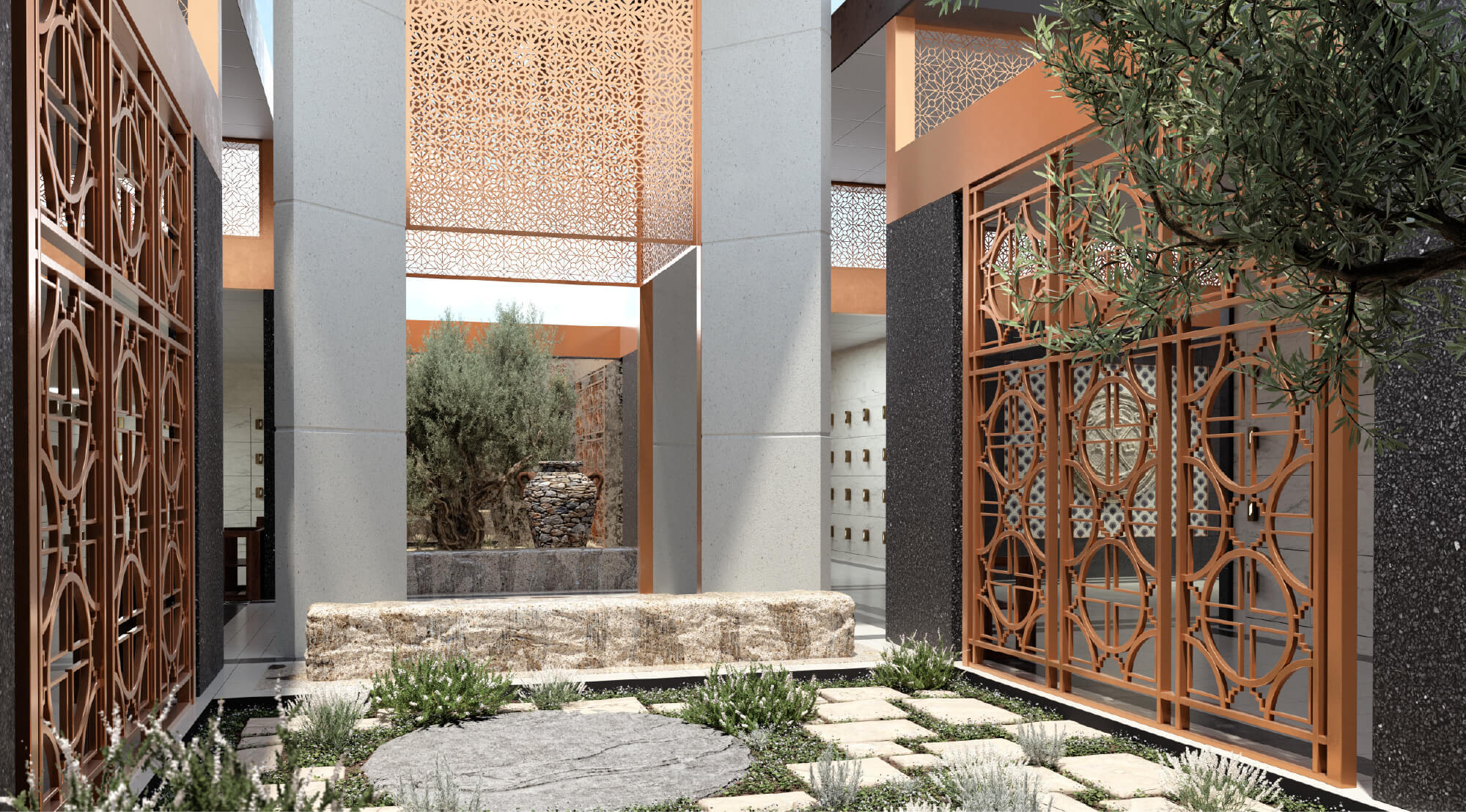A look back on Harmony Week

'Everyone belongs'
Harmony Week is an international recognition of diversity, respect, and belonging, and ran this year from March 15 to March 21. In celebration, we placed the spotlight on handful of sections within our wonderful grounds and reflected on how they each contribute to honouring the rich and diverse cultures of our communities.
Monday's focus was Song He Yuan, a garden at Springvale Botanical Cemetery designed with our Buddhist community in mind. Designed under Feng Shui principles on a westward facing slope, a full-size Buddha overlooks the landscape from the Di Zhang Wang Temple.
In Chinese culture, filial piety is a duty that encompasses respect, obedience, and care for one’s elderly family members. On any given day, you can find members of our community practicing Tai Chi on the grounds as a way to connect with their beloved ancestors.
‘Today my body returns to the earth, tomorrow my spirit ascends to the heaven.’

On Tuesday, we had a look at the Roman Catholic mausoleums that form a rich part of the history of our grounds.
Mausoleums in Italy are a symbol of honour and predominately a Roman Catholic rite that offers interment above ground to help family feel closer to their lost loved ones. When the Italian community started to grow in Victoria, representatives lobbied to have traditional mausoleums built here. In 1994 the Kennett Government approved their construction.
Nearly all mausoleum spaces are used by our Italian community. They like to place their hands on the façade of the crypts to take comfort in the closeness with their relatives and ancestors.
‘Eternal rest grant unto them, O Lord, and let perpetual light shine upon them.’

On Wednesday we took a dive into the deep traditions of the Greek Orthodox community.
The practice of lighting candles is an essential part of the Greek Orthodox faith. Lit candles signify that someone is in your thoughts and prayers and they are lit in honour of many special life events, big and small. When a member of the family passes, friends and relatives ensure a candle remains lit at their gravesite for 40 days in a special candle box.
During commemorative services, expect to see a plate of Koliva, a traditional dish made of wheat and honey, which will be placed near a lit candle. The Koliva is symbolic, with the wheat representing the cyclical nature of life and the honey the sweetness of Heaven.
At Bunurong Memorial Park, the foundation stone for the Resurrection of Saint Lazarus Greek Orthodox Church was laid on 17 May 2008. The church was named after Lazarus of Bethany, who was the subject of a miracle attributed to Jesus who restored him to life four days after his death.
‘May their memory be eternal.’

On Thursday, we had a look into Jewish traditions surrounding the celebration of life and those who have passed on.
An important part of Jewish tradition is a respectful appreciation that an end is a natural part of life. Monuments are often simple, reflecting the belief that we come into this world with nothing and so ought to leave in the same way. They bear a Star of David to represent divine protection and always face towards Jerusalem.
Passover, taking place this year from March 27 to April 4, is an important upcoming celebration on the Jewish calendar. On the first night of Passover, a special family meal called the Seder is held, consisting of symbolic foods and recitations.
The oldest Jewish area of Springvale Botanical Cemetery was established in 1939 and remains today as a place of vibrant flowers and quiet reflection.
‘May the memory of this righteous one be a blessing.’

For the fifth and final day of Harmony Week, we had a look at the Islamic holiday of Lailat al Bara’ah, the Night of Records and the Night of Forgiveness. Taking place in March each year, it is the holiest day in the Islamic calendar.
On this evening, many members of our Muslim community will stay awake the entire night in prayer and worship. In some regions, the night is also a commemoration of ancestors. Lailat al Bara’ah traditions include lights, candles, and even fireworks. Friends will give sweets to families of those who have lost a family member, and the holiday is known as a time to give charitably to the less fortunate.
When visiting our Islamic areas, you will notice that gravestones bear the divine name Allah and the star and crescent moon symbols, which have various meanings. One interpretation is that the crescent represents progress and the five-pointed star light and knowledge.
‘Grant me wisdom, and join me with the good.’

Our communities are filled with stories and traditions from all around the world, and we're proud to be able to share them with the world. Harmony Week may have come to an end, but exploration and appreciation of diverse cultures is a journey worth continuing.





